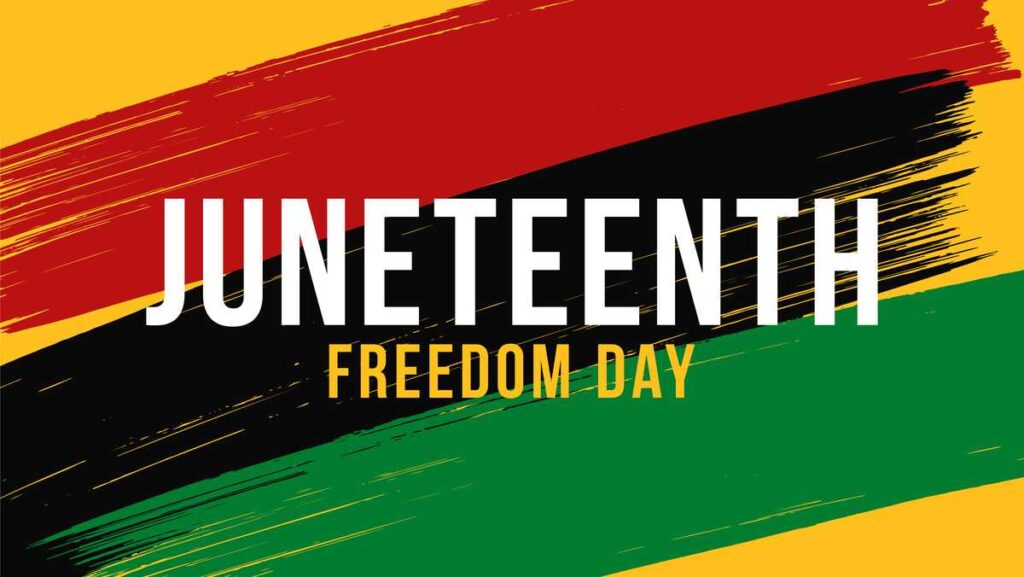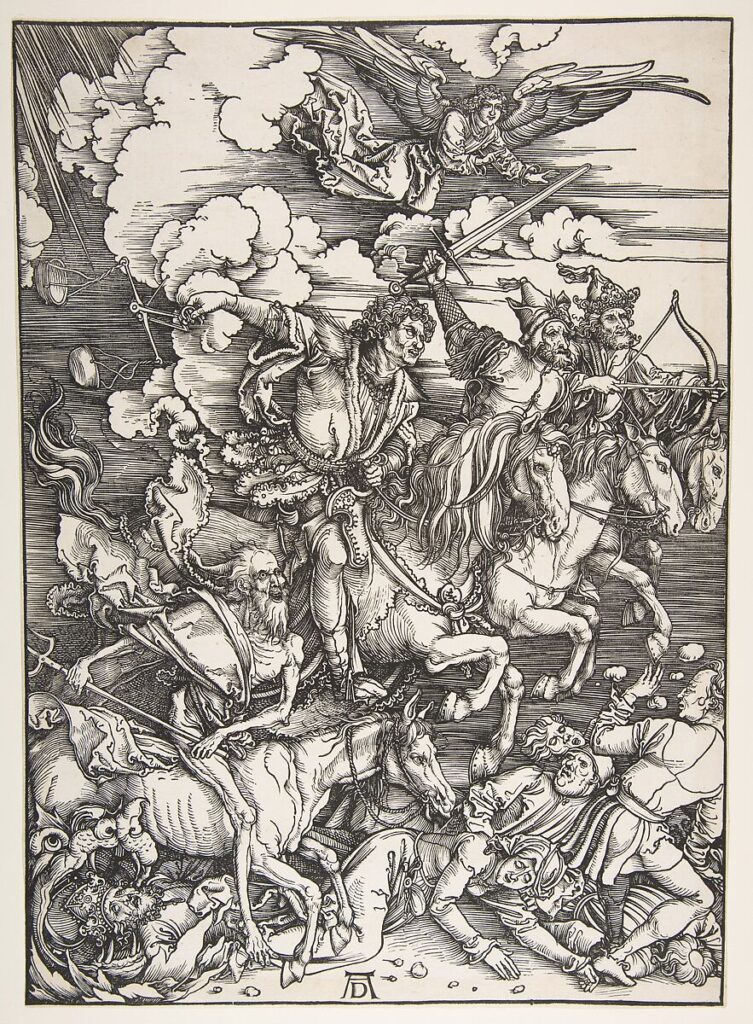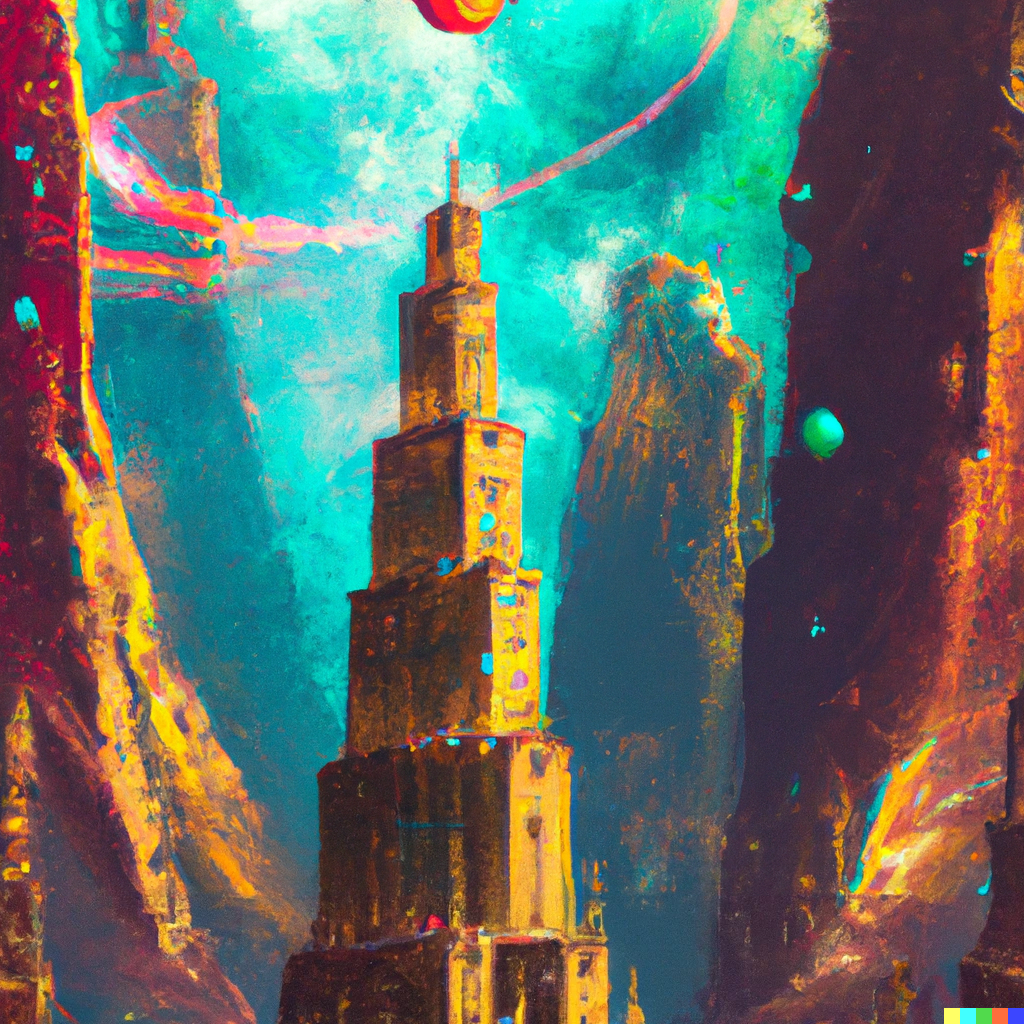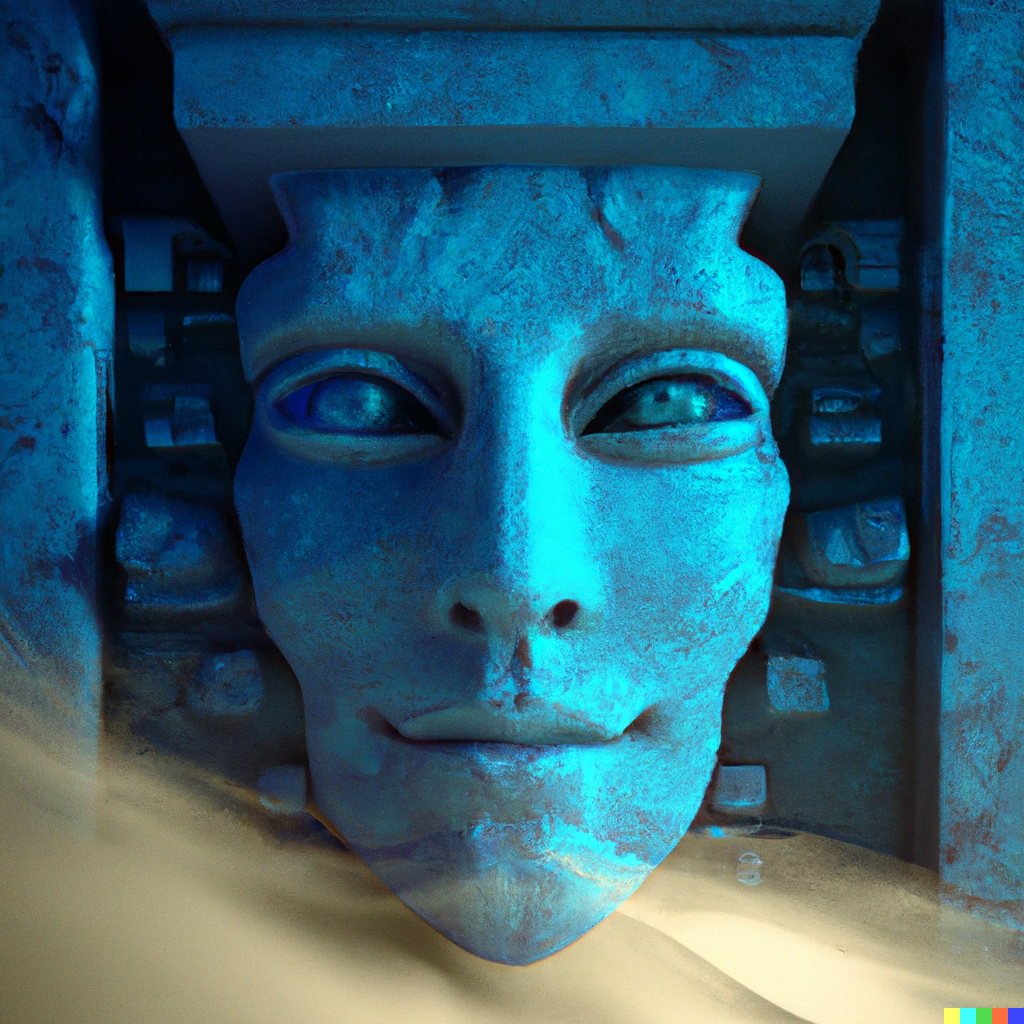Introduction:
As fireworks light up the night sky and the air is filled with the sounds of laughter and celebration, Americans from coast to coast come together on the 4th of July to commemorate their shared heritage and rejoice in the spirit of independence. Independence Day is a time-honored tradition that unites the nation, igniting a sense of pride that transcends individual differences and binds us as a united people.
Celebrating Freedom:
On this historic day, we commemorate the birth of the United States of America, when the Declaration of Independence was adopted in 1776. Independence Day serves as a reminder of the immense sacrifices made by our forefathers to secure our freedom and establish a nation based on the principles of liberty, equality, and justice for all.
Unity in Diversity:
As a nation of immigrants, the 4th of July serves as a powerful reminder that our strength lies in our diversity. Regardless of our backgrounds, beliefs, or ideologies, we all share the common thread of being Americans. It is a day when we set aside our differences and come together to celebrate the values that make our nation exceptional.
Reflecting on Progress:
Independence Day not only reminds us of our past struggles and triumphs but also serves as an opportunity to reflect on the progress we have made as a nation. From the Civil Rights Movement to the women’s suffrage movement, we have overcome numerous challenges and continue to strive for a more inclusive and equitable society. The 4th of July is a moment to acknowledge the strides we have taken and renew our commitment to building a better future.
Renewing Patriotism:
Patriotism runs deep in the hearts of Americans, and the 4th of July provides a platform for us to showcase our unwavering love for our country. From parades to picnics, from flag-waving to community service, Americans demonstrate their pride by actively participating in the festivities and engaging in acts of service that contribute to the betterment of our society.
Conclusion:
Independence Day, the 4th of July, serves as a powerful reminder of the values that define us as Americans. It is a day of unity, diversity, reflection, and renewal—a celebration that reminds us of the indomitable spirit that forged our nation. As we gather with loved ones and celebrate, let us remember the sacrifices of those who came before us and pledge ourselves to continue the journey towards a more perfect union. This Independence Day, let us stand united in pride, honoring our shared heritage and embracing the diversity that makes our nation strong. Happy 4th of July!
There is a lot to know about Independence Day. Test your knowledge here.
Independence Day: Fourth of July facts you may not know
Display the flag with pride. There is an etiquette that we should all follow.
Fireworks are a must on the 4th of July.










